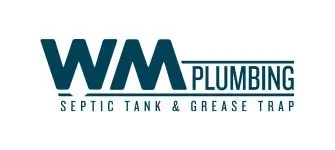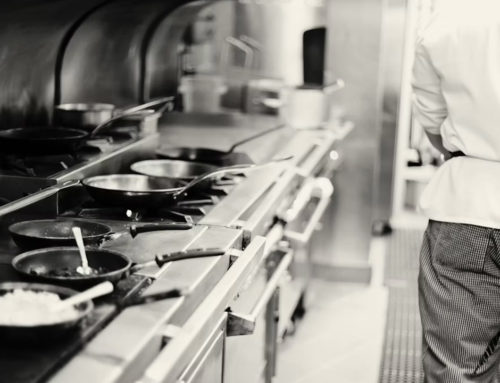Grease Trap Cleaning 101: Best Practices for a Clean and Efficient System

Maintaining a clean and efficient grease trap is crucial for homeowners to ensure the smooth operation of their plumbing system. Grease traps prevent fats, oils, and grease (FOG) from clogging drains and sewer lines. Homeowners can avoid costly repairs and potential health hazards by implementing proper cleaning and maintenance strategies. Let’s discuss some best practices for cleaning a grease trap and ensuring an efficient plumbing system.
Understanding the Importance of Grease Trap Cleaning
The Role of Grease Traps
Grease traps are designed to capture FOG from kitchen wastewater, preventing it from entering the plumbing system and causing blockages. Over time, the trapped grease solidifies, reducing the trap’s capacity and efficiency. Regular cleaning is essential to prevent backups, foul odors, and potential damage to the plumbing infrastructure.
Health and Environmental Concerns
Neglected grease traps can become breeding grounds for bacteria, leading to foul odors and potential health hazards. Additionally, when FOG enters the sewer system, it can accumulate and form blockages, causing sewage backups and environmental pollution. Homeowners can protect their health and contribute to a healthier environment by maintaining a clean grease trap.
Best Practices for Grease Trap Cleaning
Regular Inspection
Schedule routine inspections to assess the condition of the grease trap. Look for signs of excessive buildups, such as slow drainage, foul odors, or overflowing grease. Early detection allows for prompt action, preventing potential issues from escalating.
Proper Grease Disposal
Dispose of grease waste properly. Avoid pouring it down the sink or toilet, as it can accumulate in the trap. Instead, collect and store grease in sealed containers for appropriate disposal methods, such as recycling or municipal collection services.
Professional Cleaning Services
Engage in the services of professional grease trap cleaners. These experts have the knowledge, experience, and specialized equipment to clean the trap thoroughly. Regular professional cleanings help maintain optimal trap efficiency and prevent plumbing problems.
Manual Cleaning Methods
Manual cleaning can be an option for homeowners who prefer a hands-on approach. Start by removing accumulated solids with a scoop or spatula and placing them in a separate container for disposal. Next, use a degreasing agent and hot water to clean the trap thoroughly, ensuring all surfaces are free from grease buildup.
Enzyme-Based Cleaners
Consider using enzyme-based cleaners as a preventive measure. These products contain natural enzymes that break down grease and facilitate removal from the trap. Regular use of enzyme-based cleaners can help maintain trap efficiency and reduce the frequency of professional cleanings.
Grease Trap Maintenance Schedule
Establish a regular maintenance schedule based on the grease trap’s size and usage. Smaller traps require cleaning every few months, while larger ones need attention monthly. Consistency prevents grease buildup and maintains a clean and efficient system.
Maintaining a clean and efficient grease trap is essential for homeowners to ensure the smooth operation of their plumbing system. By understanding the importance of grease trap cleaning and implementing the best practices discussed in this article, homeowners can prevent costly repairs, protect their health, and contribute to a cleaner environment. Regular inspections, proper grease disposal, professional cleaning services, manual cleaning methods, enzyme-based cleaners, and adherence to a maintenance schedule are all critical steps toward achieving a clean and efficient grease trap system. Contact us at WM Plumbing and schedule a consultation with our representatives to enjoy top-notch services at competitive rates.
Further Reading
First-Time Grease Trap Permitting Guide for Existing Food Service Establishments (Miami)




